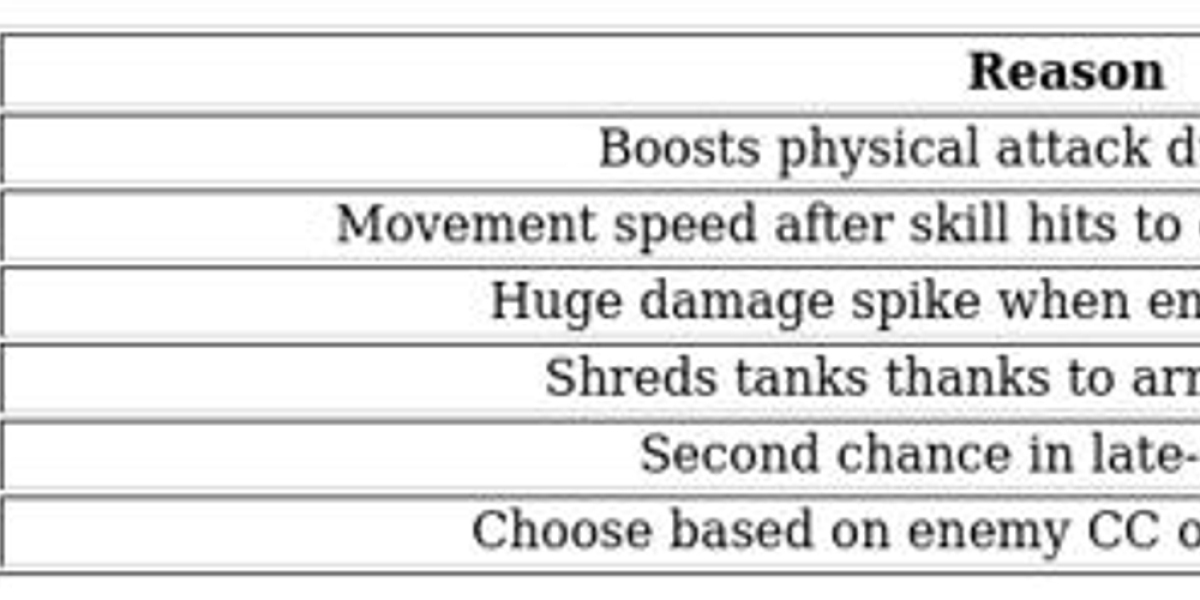Unlocking the Mystery: Discover the Unique Faces of ADHD You Never Knew Existed!
Attention Deficit Hyperactivity Disorder (ADHD) is a neurodevelopmental disorder that affects millions of individuals worldwide, transcending age, gender, and background. Understanding the different types of ADHD is crucial for effective diagnosis and treatment. Many people still harbour misconceptions about ADHD, often viewing it as merely a childhood disorder characterised by hyperactivity. In reality, ADHD presents in various forms, each with its unique characteristics and challenges. By gaining a deeper understanding of these types, we can foster empathy and support for those affected, paving the way for more tailored interventions and improved quality of life.
Understanding ADHD: An Overview
ADHD, or Attention Deficit Hyperactivity Disorder, is defined by patterns of inattention, hyperactivity, and impulsivity that interfere with functioning or development. It can significantly impact various areas of life, including academic performance, work productivity, and interpersonal relationships. Individuals with ADHD may find themselves struggling to focus on tasks, manage time effectively, or adhere to social norms. The disorder is classified into three primary categories: Predominantly Inattentive Presentation, Predominantly Hyperactive-Impulsive Presentation, and Combined Presentation. Each category reflects a distinct set of behaviours and challenges that can influence an individual’s daily functioning and overall well-being.
Types of ADHD
According to the Diagnostic and Statistical Manual of Mental Disorders (DSM-5), ADHD can be categorized into three main types: Predominantly Inattentive Presentation, Predominantly Hyperactive-Impulsive Presentation, and Combined Presentation. Recognising these types is essential for appropriate diagnosis and treatment. Each type exhibits specific characteristics that can help clinicians and caregivers understand the individual's unique challenges and strengths.
Predominantly Inattentive Presentation
This type of ADHD is characterized by significant difficulties in maintaining attention and following through on tasks. Individuals may often appear forgetful, disorganised, and easily distracted. They might struggle to complete homework or other responsibilities, frequently losing materials or failing to follow instructions. A friend of mine, who has this presentation of ADHD, often recounts how her mind drifts during meetings, making it hard for her to absorb what’s being said. She describes the frustration of wanting to participate but feeling like her thoughts are just out of reach. Such behaviours can lead to academic and professional challenges, as well as feelings of inadequacy and frustration in social settings.
Predominantly Hyperactive-Impulsive Presentation
Individuals with this type of ADHD tend to exhibit excessive fidgeting, restlessness, and impulsivity. They may struggle to sit still, often tapping their feet or drumming their fingers. Interrupting conversations and acting without thinking are common traits. A close friend's son exemplifies this type; he has an endless reservoir of energy and often finds himself in trouble at school for talking out of turn or jumping out of his seat. While his enthusiasm is infectious, it also poses challenges in structured environments, highlighting the need for understanding and tailored strategies to help him channel his energy positively.
Combined Presentation
As the name suggests, Combined Presentation includes both inattentive and hyperactive-impulsive symptoms. Individuals with this type may struggle with maintaining focus while also exhibiting high energy levels and impulsivity. This duality can make it particularly challenging for those affected, as they may find it difficult to manage their time effectively or adhere to social norms. A family member with Combined Presentation often describes feeling torn between wanting to engage in activities and being unable to focus on the task at hand. This blend of symptoms can lead to complex dynamics in both personal and professional life, underlining the importance of tailored support and strategies.
Other Considerations in ADHD Diagnosis
Diagnosing ADHD requires a comprehensive evaluation, as many individuals may present with co-occurring conditions such as anxiety or depression. Gender differences also play a role, as symptoms can manifest differently in boys and girls. Additionally, age-related nuances are essential to consider; symptoms may change or evolve over time, making it crucial for ongoing assessments. By taking a holistic approach to diagnosis, healthcare professionals can better understand the individual’s experiences and provide more effective treatment plans that address their unique needs.
Understanding ADHD: A Path to Empathy and Support
Understanding the various types of ADHD and their unique characteristics is essential for fostering empathy and support for those affected. By recognising the signs of Predominantly Inattentive Presentation, Predominantly Hyperactive-Impulsive Presentation, and Combined Presentation, we can better appreciate the complexities of this disorder. It is crucial for individuals who suspect they may have ADHD to seek professional help for accurate diagnosis and tailored support. Only through understanding can we break down misconceptions and create a more inclusive environment for those navigating the challenges of ADHD.








